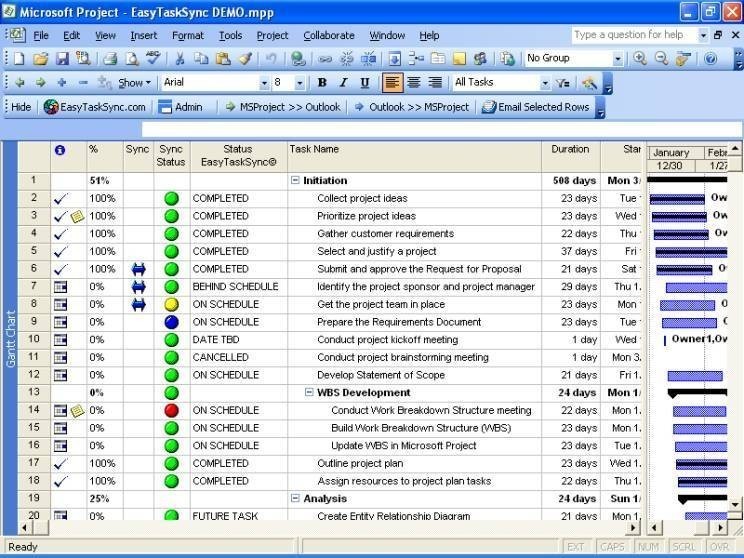

PMOs can be internal or external facing too. These are most common in highly regulated, high risk environments. A Directive PMO is where the PMO directs project management of the work, support and controls the world, and leaves no space for wiggle room about following the templates, procedures and reporting requirements outlined by the PMO.

It’s “that mid-point sweet spot of enforcing some standards, providing all that support, but the PMO is not in charge of everything,” he said, adding that this is the most common type of PMO. It gives the company templates, procedures and reporting. “It puts in some measure of control of the projects,” said Fritsch. A Controlling PMO isn’t entirely hands off but it’s not a task master either.“Come on in, we’ll give you ideas, give you best practices and you can ignore us completely and we won’t say a thing.” A Supportive PMO is “the kumbaya” kind of PMO, says Fritsch, where a PMO provides help if it’s needed.In order of least support to most support, the three general types of PMO are Supportive, Controlling and Directive.
Project office how to#
This is a key part of retention, too, so that project managers within the PMO don’t see that office as the end point of their careers (and, possibly, a dead end, and leave).įor more on establishing a successful PMO, see “ How to develop a PMO strategic plan.” Different types of PMO “It shepherds folks through career progression.” It’s not uncommon, he says, for project managers to move up to the executive level in a company. “That center of excellence also can be the career path,” he said. While all of the above are important, Fritsch says that the last item is also a way for companies to develop talent - even outside of the PMO.


 0 kommentar(er)
0 kommentar(er)
